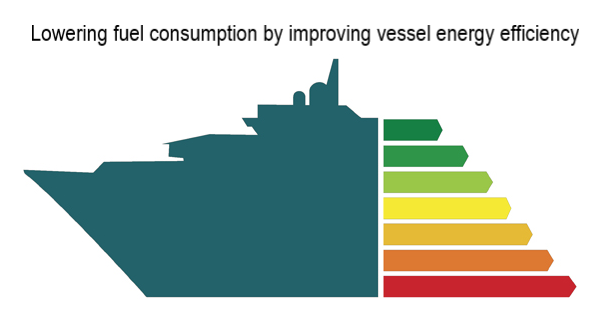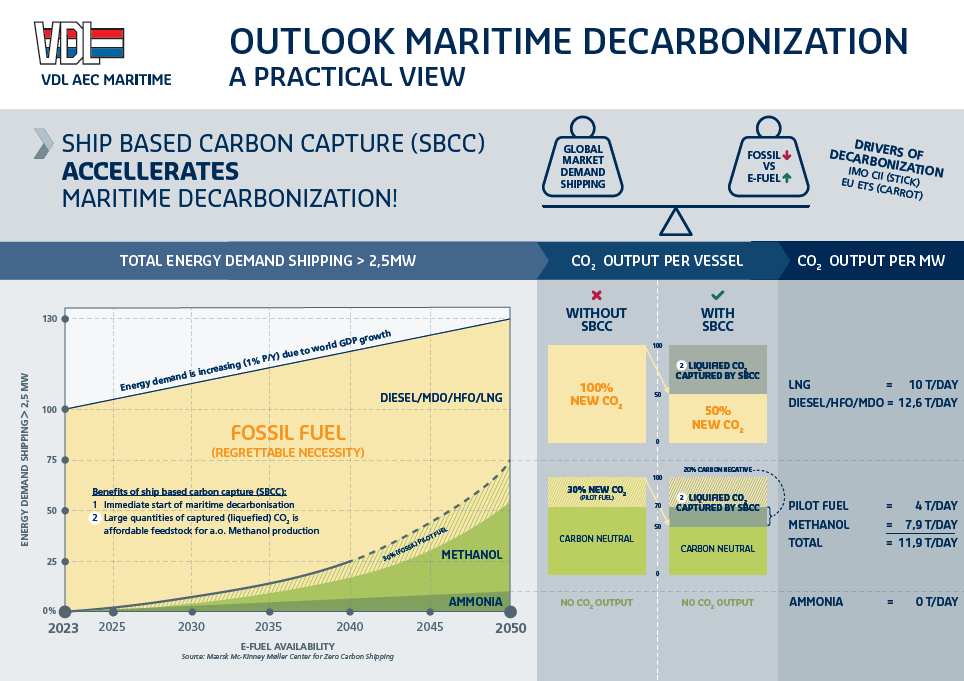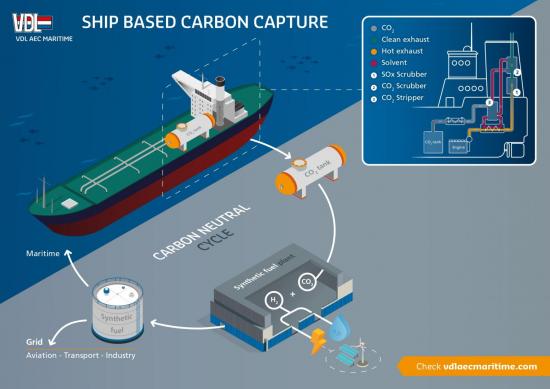Shipping decarbonization goals
The path we are on today
We are heading for an increase in maritime GHG emissions of ~20% by 2050 despite current industry-wide efforts. Growing trade volumes (~1.3% CAGR trade growth), technological developments and existing CO2 reduction initiatives across the sector will not give shipping enough traction to deliver what is needed to meet the current IMO targets. Shipping needs to step up.
IMO 2030 & 2050 (see infographic)
The International Maritime Organization has taken measures with clear targets to tackle climate change and reduce carbon emissions from shipping. However it's expected that national and local legislation call for even more stricter and sooner targets.
It also seems to be only a matter of time that carbon taxes will come into force in one way or the other for the shipping industry worldwide.
What can, and needs to be done?
It is important for ship owners to prepare themselves thoroughly and sustainably for the future, in which ever stricter requirements will be imposed on the emission of greenhouse gases. In basic there are 3 options for carbon reduction;
- Use less of the current (carbon intensive) fuels
- Switch to synthetic / non-carbon fuels (E-fuels)
- Carbon capture


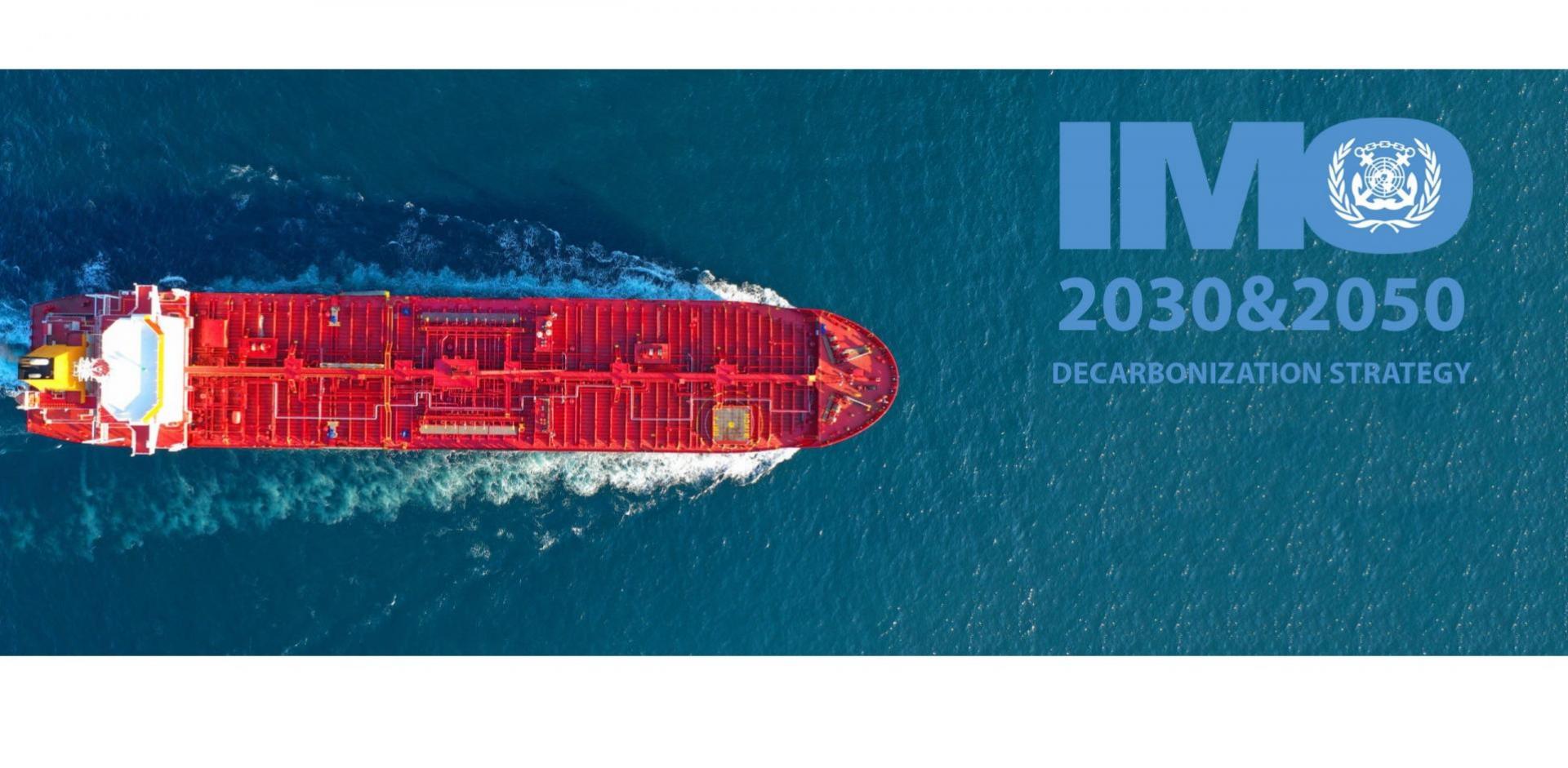
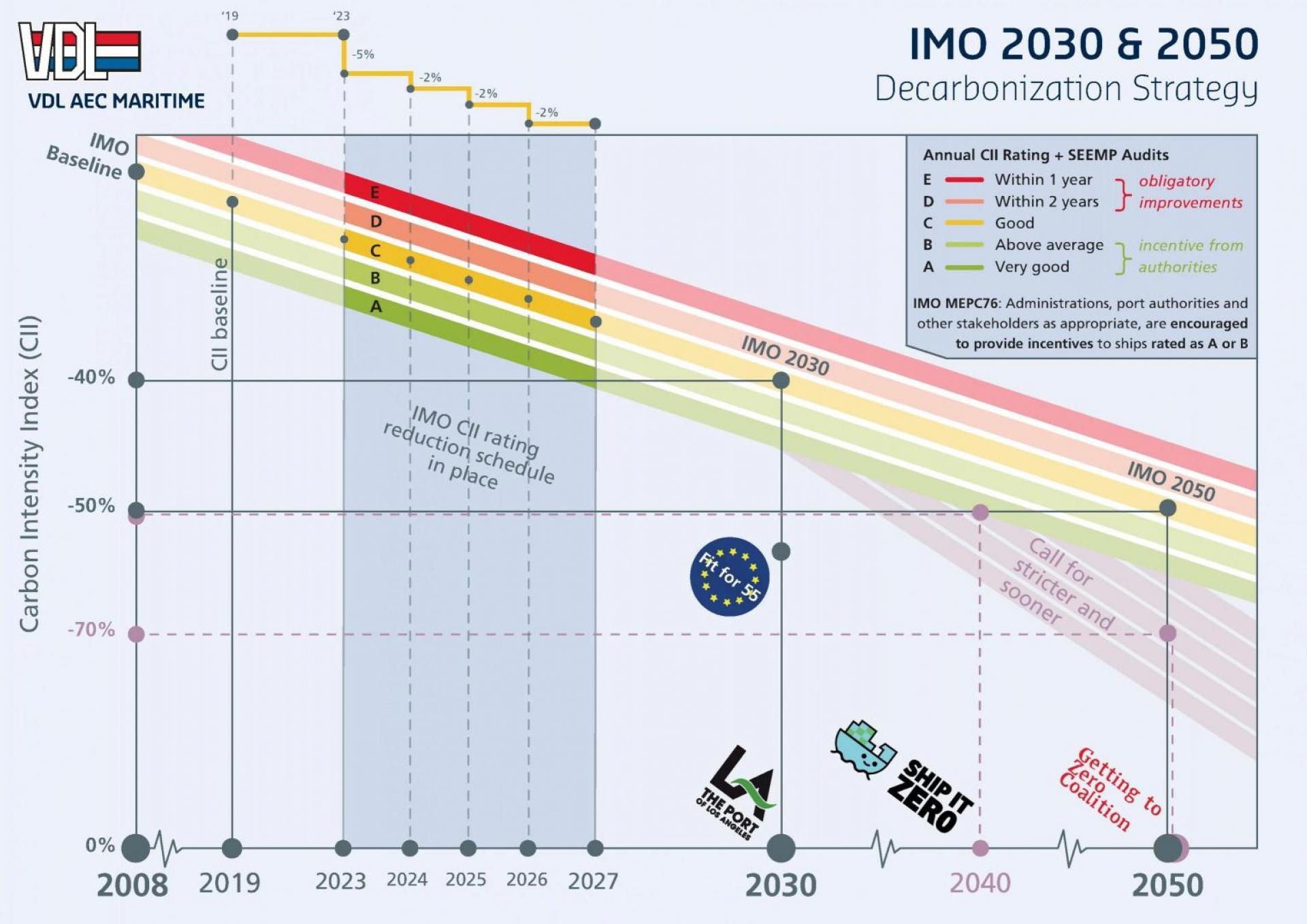 Infographic: IMO 2030 & 2050
Infographic: IMO 2030 & 2050